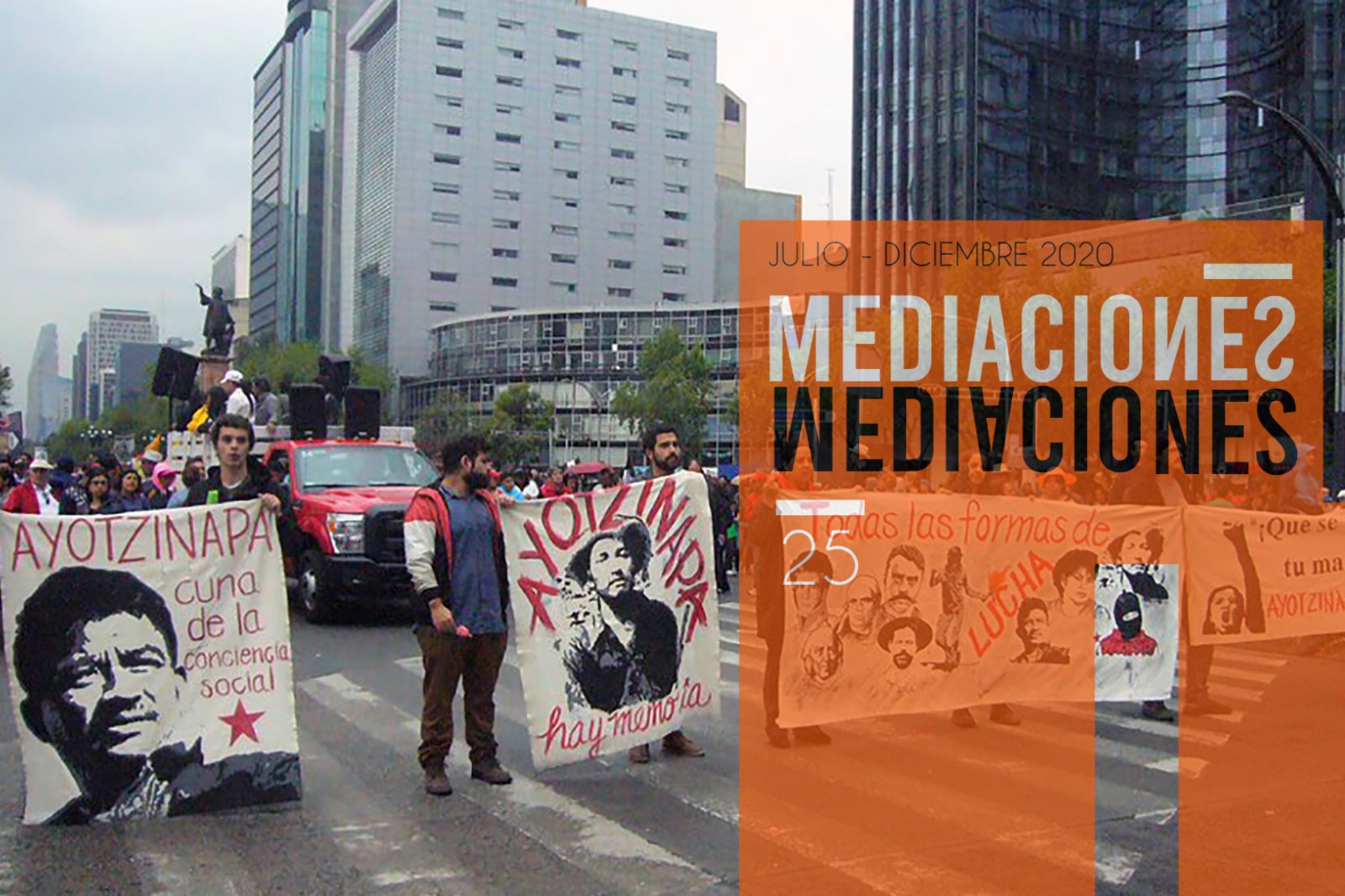Diderot na era dos pixels. Fotografia, memória e identidade no século XXI
Conteúdo do artigo principal
Resumo
Photography, as a continuation of the traditional engraving and repository of memory, has been from
the beginning a tool for the construction of identity, thus complying with the visual canons imposed by
the Enlightenment. When we speak of the past of photography, we necessarily speak of memory. That
memory can be individual or collective. It is from there that we build historical identity, from that memory
that we recreate over and over again. From the epistemological bases of Encyclopedism, photography has
been inescapably part of that identity construction. At the beginning of the 21st century, the western
encyclopedic tradition undergoes a true gnoseological transformation. The digital revolution forces us to
reflect on the way we build memory and identity
Detalhes do artigo
Seção

Este trabalho está licenciado sob uma licença Creative Commons Attribution 4.0 International License.
![]()
Revista MEDIACIONES © 2024 pela Corporación Universitaria Minuto de Dios - UNIMINUTO está licenciada sob a Creative Commons BY.
Como Citar
Referências
Carreño, G. (2001). Metales y alquimia. La técnica fotográfica en la construcción de la imagen mapuche, en Alvarado, M., Mege P., Báez, C. (Coord.), Mapuche. Fotografías siglos XIX y XX. Construcción y montaje de un imaginario. Pehuén.
Crampe-Casnabet, M. (s.f) “Qu’appelle-t-on sentir ?”. Recherches sur Diderot et sur l’En-cyclopédi, París, Journals, 2000.
Dilthey, W. (1979). Teoría de las concepciones del mundo. Revista de Occidente.
Eco, U. (1979). Obra abierta. Ariel.
Flusser, V. (2011). Into the Universe of Thecnical Images. University of Minnesota Press.
Gadamer, H. G. (1996). La actualidad de lo bello. Paidós.
González-Flores, L. (2018). La fotografía ha muerto, ¡viva la fotografía! Herder.
Hartog, F. (2007). Regímenes de historicidad. Presentismo y experiencias del tiempo. México, Universidad Iberoamericana.
Jauss, H. R. (2002). Pequeña apología de la experiencia estética. Paidós.
Jowett, G. (1970). “The concept of History in American Produced Films: An Analysis of the Films Made in the Periodo 1950-1961”. Journal of Popular Culture, 3:4.
Jung, C. G. (1984). El hombre y sus símbolos. Barcelona.
Kossoy, B. (2001). Fotografía e historia. Biblioteca de la mirada.Kunsthistorisches Institut in Florence / Max Planck Institute. (31 de octubre de 2009).“Declaración de Florencia”. Recomendaciones para la preservación de los archivos gráficos analógicos.
Le Monde Diplomatique – Desde abajo, Entrevista videográfica a Patricio Guzmán, 26 de diciembre de 2012.
Marcusse, H. (1981). Ensayos sobre política y cultura. Ariel.
Moreno, J. (2018). El duelo revelado. La vida social de las fotografías familiares de las víctimas del franquismo. CSIC.
Moya, R., y Mraz, J. (2019). Comunicación personal, Cuernavaca y Ciudad de México.
Mraz, J. (1992). “Los Hermanos Mayo. Trabajando una mirada”. Foto Hnos. Mayo, IVAM.
Mraz, J. (2018). Historiar fotografías. Edén Subvertido.
Nora, P. (1988). “Memoria colectiva”, en Jacques Le Goff, Roger Chartier y Jacques Revel (coord.) La nueva historia. Ediciones Mensajero.
Richtin, F. (2009). After Photography. W. W. Norton.
Siqueiros, D. A. (1959). “El arte escénico en la vida social de México”, vestíbulo del teatro Jorge Negrete de la Asociación Nacional de Actores, ANDA.
Valéry, P. (2002). Oeuvres. París , Pléiade, 1960, vol. 1, pp. 1,192 a 1, 196, apud Jauss.
Vâlsan, M. (1962). “Introduction”, en René Guénon, Symboles fundamentaux de la Science sacrée, Gallimard, París.





